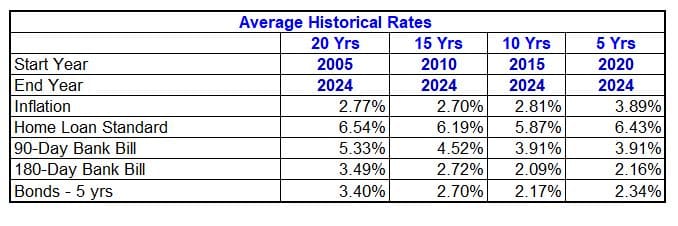This week, the Reserve Bank of Australia reduced the cash rate by 0.25%, bringing the cash rate to 3.85%. The ANZ predicts three more cuts in interest rates, taking the cash rate to 3.35% by August. The NAB expects this type of cash rate adjustments will bring the cash rate to 2.6% by 2026. Understanding the impact of a cut in interest rates on your finances is essential for effective financial planning.
For consumers with high mortgages, this is great news, leaving more cash to save or spend. On the flip side, consumers relying on income from interest earning accounts will see a fall in their income.
Moreover, being aware of the long-term effects of a cut in interest rates can help in making informed financial decisions.
Understanding the impact of a cut in interest rates on your overall financial health is essential for effective financial planning.
The effect of lower interest rates on mortgages
The average first home buyer has a mortgage of $545,000. The average home loan rate has been reduced from approximately 5.9% to 5.65%. This is a fall in home loan payments of $90 a month or $1,080 a year.
With the predicted four interest rate cuts of 0.25% this year, it is likely home loan rates will fall to 4.90%. This will reduce home loan payments by $340 a month or $4,080 a year.
If you were to continue paying the old monthly payment of $3,232.00 a month, the length of the loan would be reduced from 30 years to 24 years. The savings in interest costs would be $382,860. This is a significant amount of money.
Think what you could do in 24 years, if you had an additional $38,790 in your annual budget. Here are some suggestions:
- Invest all the money in growth assets such as shares or real estate.
- Invest a portion of the money in growth assets and use the balance to increase your lifestyle.
The alternative may be to take advantage of the lower home loan payments and start saving for your child’s education costs. If are living on a very tight budget, it may mean that this extra money could be used to improve your lifestyle.
There is no right or wrong answer. Each person will have different financial needs. What is important is that they take the time to consider all the alternatives and choose the path that will give the best long-term outcomes for them.
The effect of lower interest rates for retirees
It is more difficult to quantify the effects of lower interest rates for retirees as their investments are generally in superannuation, and growth assets (shares and real estate) which have a component of income and capital growth. In addition, there will be funds held in various interest earning assets such as cash management funds, term deposits and bonds.
The effect on superannuation can be quite complex. While lower interest rates may reduce income from cash type assets, there may be increased share prices. This may force some retirees to transfer funds to risker assets to maintain an adequate level of income.
These retirees who have chosen to have a higher portion of their assets in interest earning accounts are likely to experience a lower income.
Historical Rates
It is very difficult to predict future interest rates. The Reserve Bank is probably best placed for providing information.
The following is a table of Average Historical Rates over periods from the last 20 years to the last 5 years.

This information may help those who want to predict future rates. It is important to remember that in our lifetime there have been periods of very high inflation and high interest rates.
The highest home loan rate in Australia was 17.5% in 1990. It occurred in a period of high inflation (6%) and economic uncertainty.
Glenis Phillips SF Fin – Developer of Financial Mappers and Advice Online
Disclaimer: Financial Mappers does not have an Australian Services License, does not offer financial planning advice, and does not recommend financial products.





